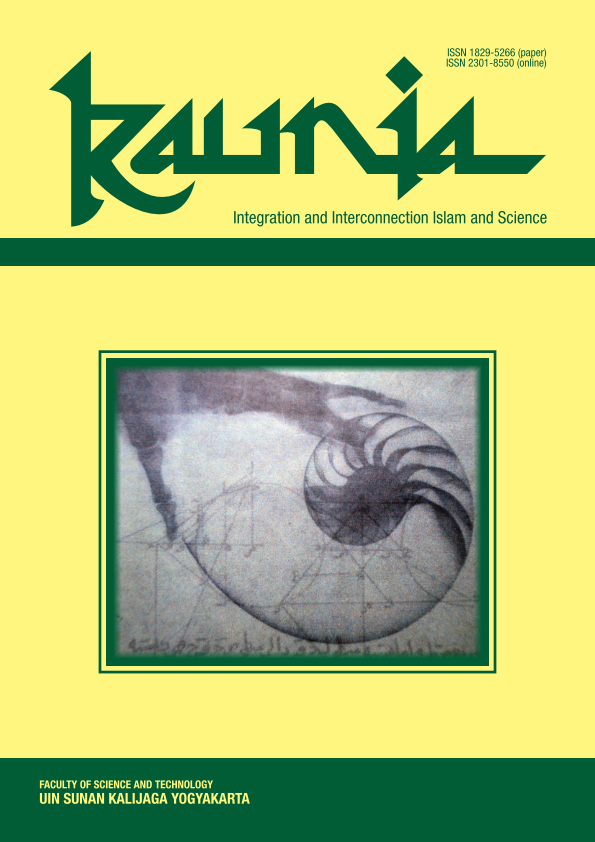Study of Halal and Haram Reptil (Dhab "Uromastyx aegyptia", Biawak "Varanus salvator", Klarap "Draco volans") in Interconnection-Integration Perspective in Animal Systematics Practicum
DOI:
https://doi.org/10.14421/kaunia.1317Keywords:
Halal-haram, Reptile, Interconnection, Integration, Animal SystematicsAbstract
Indonesia as a country with the largest Muslim population in the world, halal and haram being important and interesting issues, and will have more value if being related to science and religion. The research aimed to study halal and haram of reptiles by tracing manuscripts of Islam and science, combining, analyzing, and drawing conclusions with species Uromastyx aegyptia (Desert lizard), Varanus salvator (Javan lizard), and Draco volan (Klarap). The results showed that Dhab (Uromastyx aegyptia) (Desert lizard) is halal, based on the hadith narrated by Muslim no. 3608, hadith narrated by Al-Bukhari no. 1538, 1539. Uromastyx aegyptia are herbivorous animals although sometimes they eat insects. Javanese lizards (Varanus salvator) in Arabic called waral, wild and fanged animals is haram for including carnivores, based on hadith narrated by Muslim no. 1932, 1933, 1934, hadith narrated by Al-Bukhari no. 5530. Klarap (Draco volans)/cleret gombel/gliding lizard is possibly halal because no law against it. Draco volans is an insectivorous, not a wild or fanged animal, but it can be haram if disgusting. Draco volans has the same category taxon as Uromastyx aegyptia at the family taxon.
Downloads
Published
How to Cite
Issue
Section
License
All articles published in Kaunia are licensed under a Creative Commons Attribution-NonCommercial-ShareAlike 4.0 International license, with the copyright to these articles held by the journal. Anyone is free to read, download, copy, distribute, print, search, link to full text articles, or transform an article, in any medium or format, provided they do so non-commercially, give appropriate credit to Kaunia, and distribute any derivative work under the same (or equivalent) terms.
By submitting to Kaunia, authors agree to both the terms of the CC BY-NC-SA license and the automatic transfer of the copyright to their article if it is accepted.









